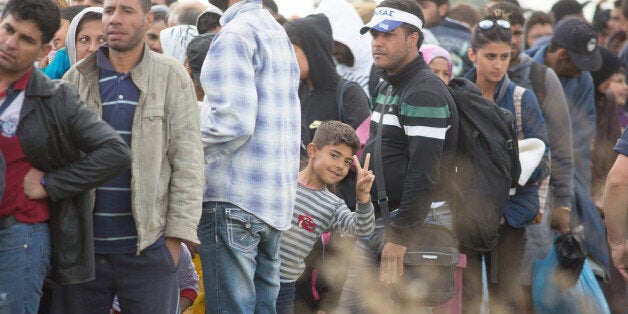
It is often said that being in the front row seat as history unfolds itself is one of the privileges of a press photographer's job. Well, that has certainly been the case for me over the last few weeks here in Hungary. Over those few weeks I have seen scenes of joy, turn to despair and turn to joy again.
I have been covering the migrant and refugee crisis which is being described as the biggest movement of people since the Second World War.
This story has really been unfolding all summer. There have been many flash points. Confused responses. Polarised opinion and massive political implications for the future of the European Union. But one thing is clear, is that has been a very photographic and image led story.
For Hungary the story has been very divisive. The Hungarian government doesn't want the migrants to stay and the migrants don't want to either. However they are bound by EU law, so unlike countries like Serbia, who are not, they simply can't just wave them through.
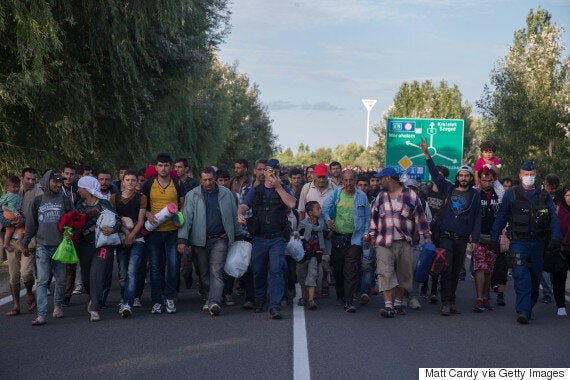
The result is that the country has become something of a bottle neck and many of the foundations of EU borderless free movement are being challenged.
For the majority of migrants, arrival in Hungary is currently a walk along a old railway line flanked by a newly constructed fence. They are then directed by the police to a checkpoint collection area which leads to a few days delay in the country before they work out their onward travel.
Here the mood is of elation. As if the end of a long journey is finally in sight. They wave and sometimes cheer. Often asking if they are now in fact in Hungary.
Some migrants who wish not to be fingerprinted or registered in Hungary chose to sneak under the fence. But that is becoming harder and harder and has now been declared illegal.
The majority are Syrian. But I have also meet Africans, Iraqis, Iranians, Pakistanis and people from Bangladesh and Afghanistan. But the stories are the same. To get to Germany, to Sweden or Holland. To start a new life. To be safe, free and to build a better future. In the past couple of weeks I have seen old men being pushed in wheel chairs, a pal carrying his mate's prosthetic leg, even a young Syrian walking across the Serbian border with her little dog Poopy! There are small groups, large mixed nationality groups, family groups and groups of young men, that most have formed intense bonds having travelled thousands of miles together.
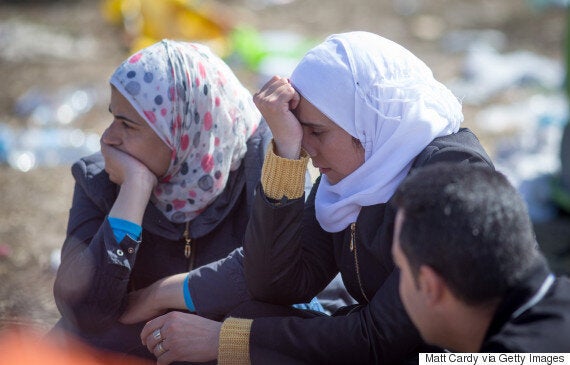
The arrival at the police checkpoint is where the sheer scale of the daily exodus becomes apparent. As dawn breaks, the over stretched police make the overnight arriving migrants sit, some all day for buses to take them to a reception and registration centre. Here tempers can become frayed as exhausted migrants queue for inadequate numbers of buses. And as the day goes on so do the arrivals.
After a few days their journey brings them to Budapest and most likely Keleti railway station with the promise of onward trains to Austria and Germany. The large increases in numbers recently led to the authorities closing the station to all non-migrant travellers and cancelled all international trains.
A two day stand-off ensued and with the the 1000s of migrants, being joined by evermore and more new arrivals, the atmosphere changed to despair and desperation. Although keen not to make any trouble, nonetheless the migrants frustration was clear to see.
Then a extraordinary couple of days followed. The authorities suddenly re-opened the station. The scenes inside were chaotic and at times ugly. Desperate migrants filled the platforms boarding any train that was there until a train arriving with the German flag adorned on its side caused a near mini-riot.
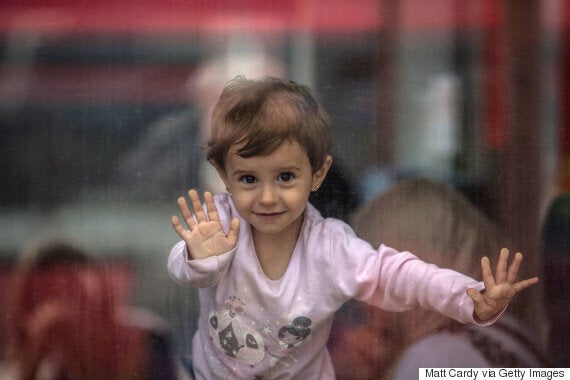
It was meant to go to the border, however as it pulled away from platform eight rumours quickly spread that the migrants on board will be going to a refugee camp further down the line.
So it was to the town of Bicske that the worlds media turned its attention and we all fixed our camera lenses on the train that had arrived in the station but when the migrants had realised their plight had refused to leave it. A tense stand-off ensued with looked only able to be resolved with tear gas. But with the migrants chants of: "Germany! Germany!" It was clear what the wider political significance of the train was.
In the end the situation rapidly deflated when a large group of the fit and the young decided to simply make a run for it. Leaving the tragically ironic sight of full adorned riot police helping young mothers lift their push chairs up the platform steps from the now abandoned train.
But just as that story began to close another one was developing and so began a dash to find marching migrants on Hungary's motorway network. The migrants who had been prevented onward train travel simply decided en masse to walk to their destinations. Incredible scenes ensued with a major European motorway brought to stand-still by thousands of desperate people making to what they hope will be new future.
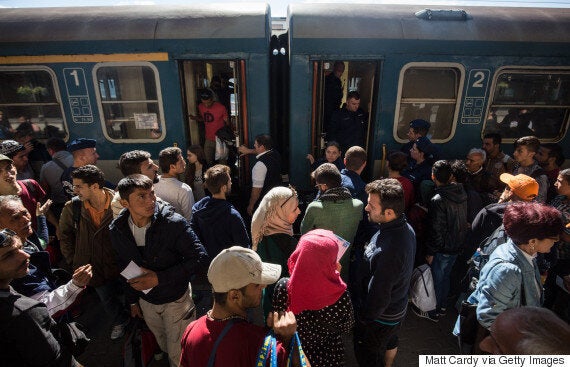
To the credit of the authorities their response was swift and unexpected. As riot police protected the migrants from vicious fascist slogan chanting football hooligans intent on causing then harm following the final whistle at the Hungary v Romania UEFA EURO qualifier, a fleet of buses collected all the migrants who wished to travel onwards to Austria and would also collect those now sleeping on the motorway hard shoulder.
So as dawn broke thousands of migrants began being welcomed into Austria and onto Germany to cheers and applause.
I can honestly say I have never worked on such a fluid story, that has its start in Africa, Asia and the Middle East and then is scattered throughout Europe. A story that is also evolving constantly, where the main story of the day, a stand-off on a train, is suddenly eclipsed by the Biblical sight of people walking from Budapest to Vienna along the main M1 motorway.
Working as part of much larger team has also been a enjoyable element to the story. The various locations of the what is effectively a migrant flow across thousands of miles has meant we have had to place Getty Images photographers placed at pinch points throughout Europe from Kos in the south through to Munich in the north.
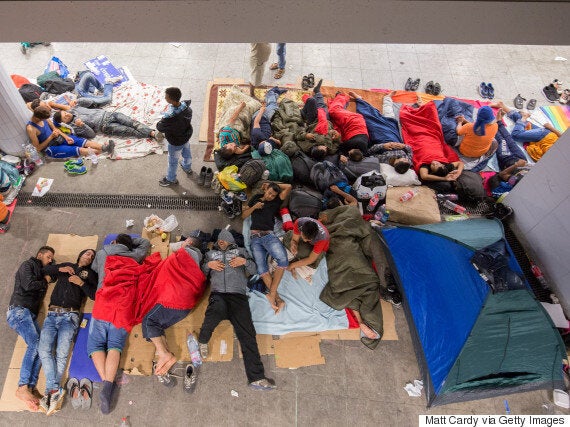
We have had to move fast and react as they story has progressed in some cases working around the clock as developments mean there is literally no time to sleep between what is happening on the ground.
Hungary has been the focus these past few weeks. It will probably be again. But where this story goes now is anyones guess. The flow doesn't seem to have stopped. It'll probably slow as the Mediterranean sea becomes rough, the days become cold and the nights become freezing. However I think it's fair to say that for me and fellow news photographers we will still be working on the story for some time yet.